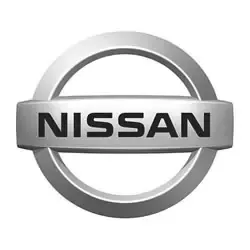Nissan Z Tire Pressure
Most common recommended tire pressure for Nissan Z can range from 29 psi to 35 psi depending on year of production, trim and OEM tire size, but it maybe different for older models. It is imperative to confirm the exact tire inflation for your Nissan Z to ensure safety on the road. Always refer to your vehicle owner's manual for the correct tire pressure designated by vehicle's manufacturer.
Select your Nissan Z production year to see its recommended tire inflation.
| Model Year | Front Tires | Rear Tires |
|---|---|---|
| 2025 Nissan Z | 32 - 33 psi | 29 - 35 psi |
| 2024 Nissan Z | 32 psi | 29 psi |
| 2023 Nissan Z | 32 - 33 psi | 29 - 33 psi |
Recommended Tire Pressure for Nissan Z
Maintaining the recommended tire pressure for a Nissan Z vehicle is crucial for ensuring optimal performance, safety, and fuel efficiency. Proper tire inflation plays a significant role in maximizing the contact between the tires and the road surface, providing better traction, handling, and stability, especially at high speeds or when cornering. This is particularly vital for a performance-oriented car like the Nissan Z, where driving dynamics and responsiveness are key to the driving experience. Furthermore, keeping the tires inflated to the manufacturer's recommended levels helps prevent uneven tire wear, extending the life of the tires and reducing the need for premature replacement. Additionally, correct tire pressure reduces rolling resistance, which can lead to improved fuel efficiency, meaning that drivers can enjoy the thrills of their Nissan Z without unnecessary extra fuel consumption. It also contributes to reducing the carbon footprint of the vehicle, aligning performance with environmental responsibility. Therefore, regularly checking and maintaining the tire pressure according to Nissan's recommendations is a straightforward yet effective way to ensure the vehicle performs as designed, remains safe to operate under various conditions, and is cost-effective in terms of fuel use and maintenance over the long term.

All listed guides, data and/or calculations are for informational purposes only. TirePressure.com does not warrant or make any representations regarding the accuracy of or the results of the use of this information. Always refer to vehicle owner's manual for the correct tire pressure configuration.